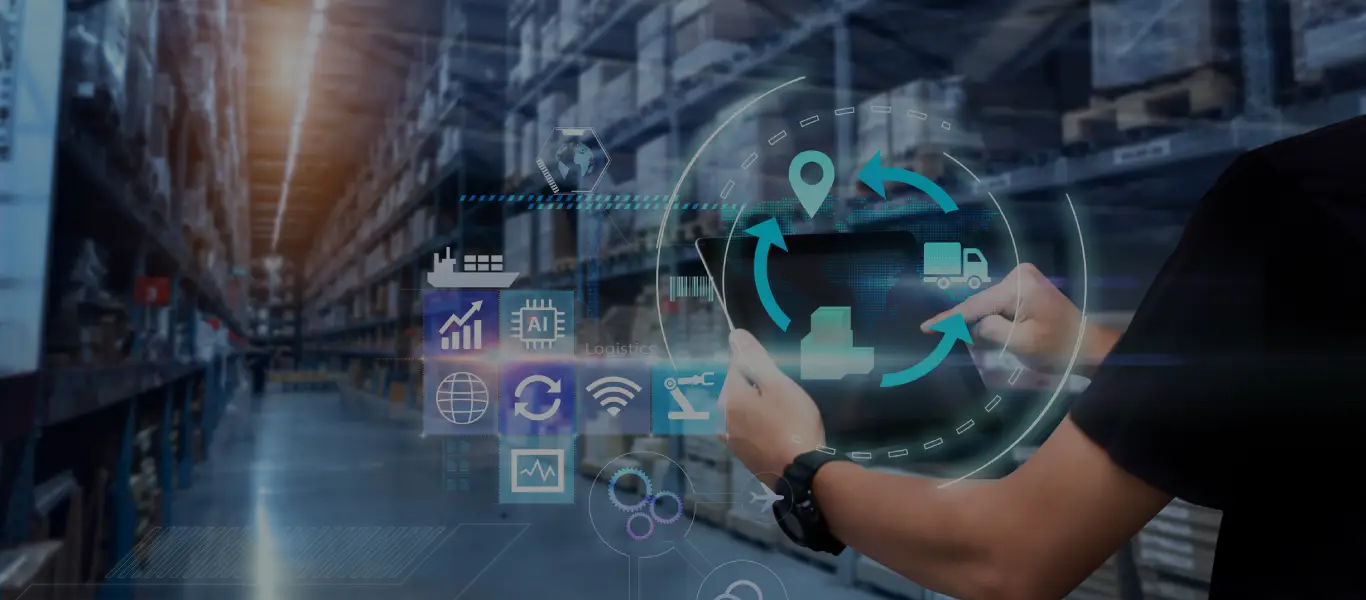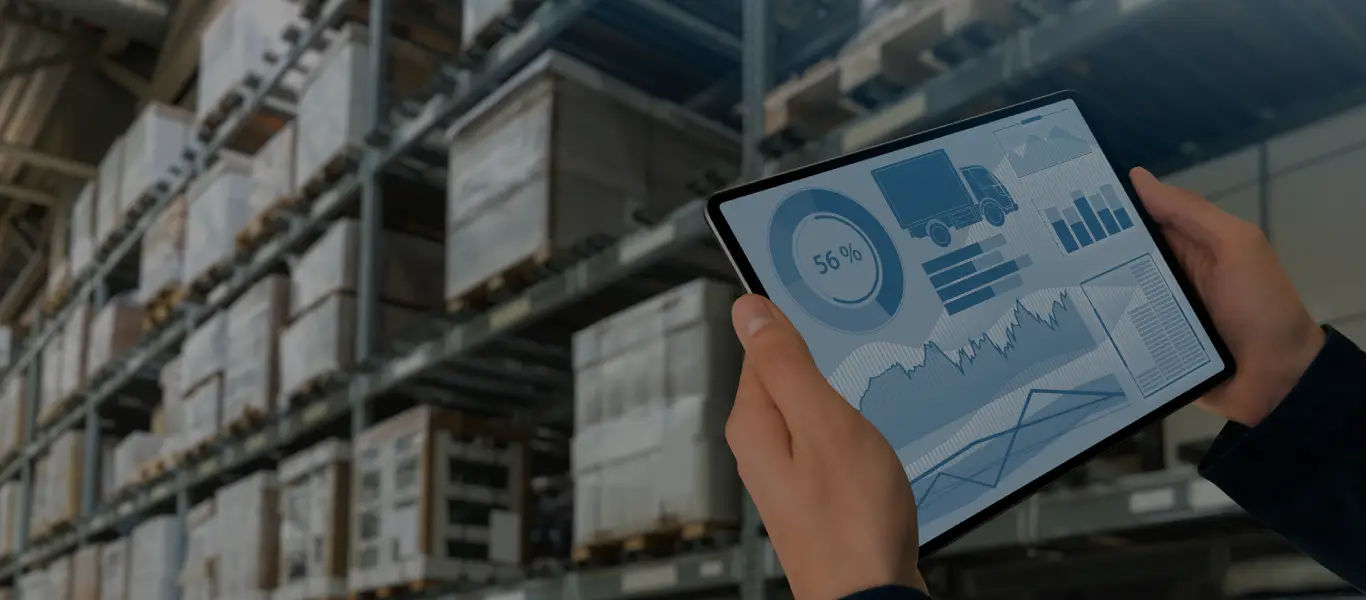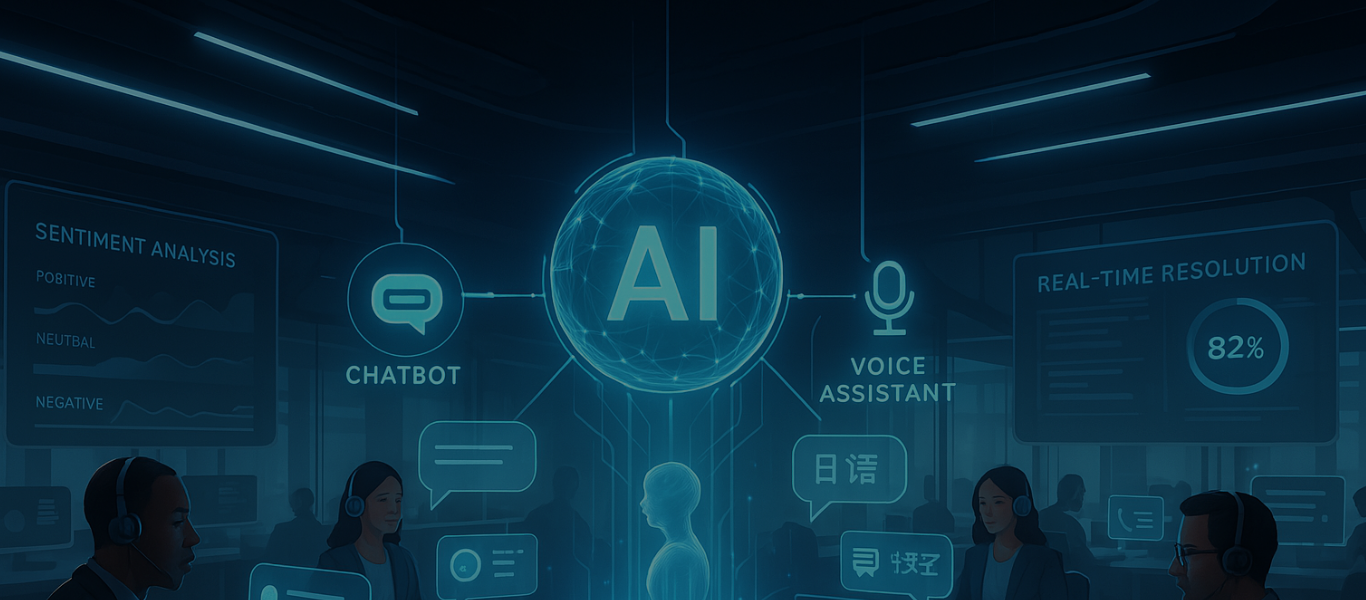As the retail industry becomes more and more complex, so do the challenges that retailers face in providing a seamless customer experience across all channels. In order to stay competitive, retailers must find ways to provide their customers with a consistent, convenient, and cohesive shopping experience regardless of how or where they choose to shop.
“Customers want their interactions handled effectively, regardless of the channel they choose,” according to Gartner. If you don’t prioritize your omnichannel enablement, you risk alienating your customer base.
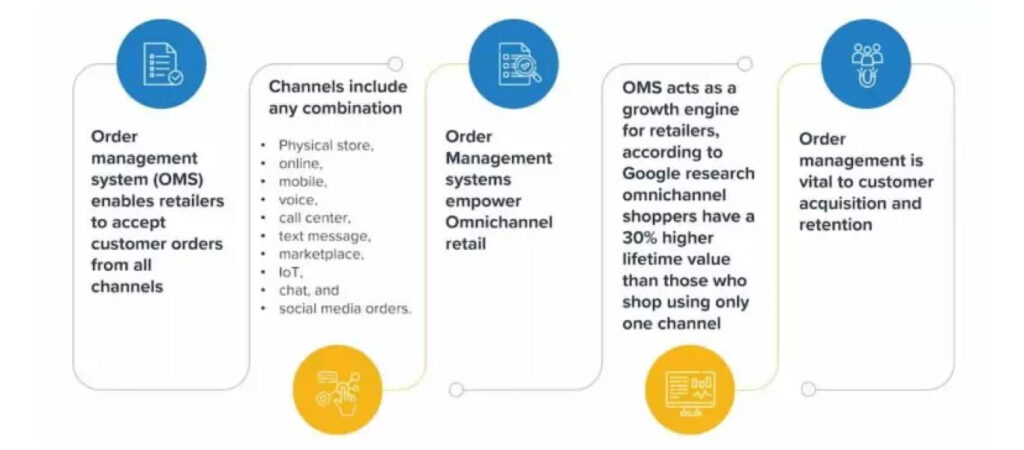
One way that retailers can provide an omnichannel customer experience is by using a consolidated, next-generation Order Management System (OMS). An OMS helps retailers manage orders from all channels in a single system. Regardless of whether a customer places an order online, in-store, or over the phone, the retailer can view and manage all orders from one central solution.
Order Management System
What is order management? An OMS provides retailers with the ability to offer customers more convenient and consistent shopping experiences. If a customer begins shopping online but decides to finish their purchase in-store, the retailer can easily retrieve the customer’s order from the OMS and complete the sale. Similarly, if a customer starts shopping in-store but wants to have their purchase delivered to their home, the retailer can easily route the order to the fulfillment center through the OMS.
In addition to providing a more seamless customer experience and order management process, an OMS can also help retailers improve operational efficiencies and reduce costs. By consolidating orders from all channels into one system, retailers can eliminate the need for multiple order management systems and the associated costs. Even better, an OMS will help retailers optimize inventory levels and improve fulfillment processes—while also providing complete, cross-channel data for analysis.
Why is OMS used?
An Order Management System is used to manage orders from all channels in a single system. In other words, it enables omnichannel order management and omnichannel order fulfillment. By consolidating orders from all channels into one system, retailers can eliminate the need for multiple order management systems and the associated costs. Today’s world is integrated and cross-channel. We cannot assume that a customer will continuously engage with a single channel… and most retailers don’t want to spend time managing each channel discretely.
What are the basic features of an OMS?
An Order Management System must be able to manage inventory from all locations, route orders to the appropriate fulfillment center, and provide data for analysis. It should also be noted that an OMS is not necessarily a complete eCommerce solution, although it can be. An eCommerce solution will likely include an OMS, but will also include a shopping cart, product catalog, customer management, and other features. Ideally, an OMS should provide complete end to end order management, from the moment that a customer shows interest in a product to identifying and retaining relationships with previous customers.
How does an OMS work?
Order management is an end-to-end process of receiving customer order to delivering the merchandise to the customer. The overall process is extremely complex. Retailers need to manage the entire fulfillment process around the order. The fulfillment process includes but is not limited to – receiving the order, finding the best and most profitable location to deliver the order to customer, inventory visibility to fulfill the order and actual delivery of the goods. Inventory visibility itself is a complex process which includes vendor managed inventory to backorder in case of stockout.
All Order Management System have few key features – order entry, order broking and inventory management. Generally, Order Management System are cloud-based solutions. Order entry is the channel from where a customer can place an order. Order broking includes finding nearest and most profitable source to fulfil order, assigning the order to the location and pick, pack and ship of the order. Lastly and importantly inventory management and control feature help keep the information up-to-date for backorder, stock-level at each location and monitoring the overall demand.
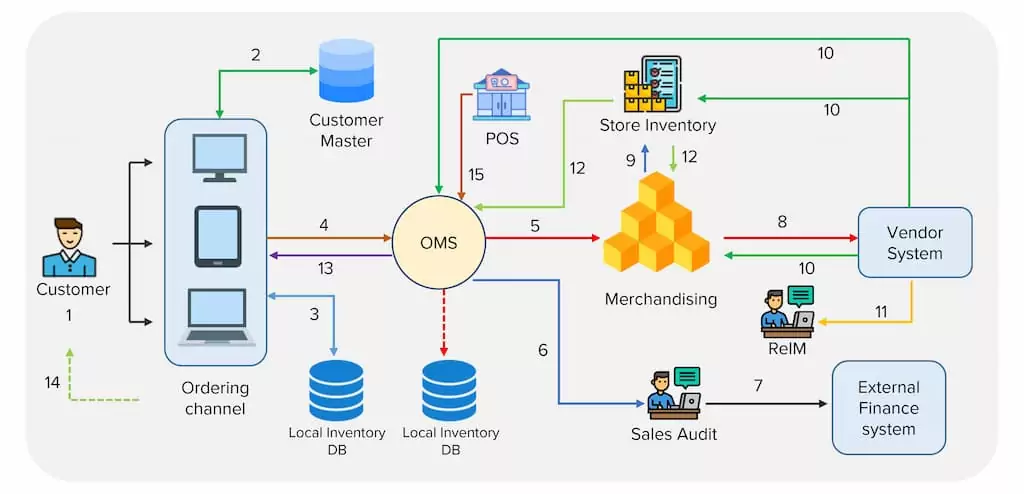
Today’s OMS is almost always cloud-based. Cloud-based systems can be accessed from anywhere. Your point-of-sale system in your brick-and-mortar shop ties directly to your point-and-sale system on your website. Because they are software-as-a-service solutions, they are easily managed; most of them have troubleshooting and help desk ticketing baked in. But that’s not how an OMS system has to work. There are platforms that are purely on-location as well; these desktop applications sync through the internet and are often used for heavy transactional output, such as the point-of-sale systems for large theme parks. These platforms may manage thousands upon thousands of transactions each day.
OMS for omnichannel retail
As we’ve already discussed, one of the main benefits of an OMS is that it enables retailers to provide their customers with a consistent, convenient, and cohesive shopping experience regardless of how or where they choose to shop. An OMS helps retailers manage orders from all channels in a single system. Regardless of whether a customer places an order online, in-store, or over the phone, the retailer can view and manage all orders from one central solution.
From a retail inventory perspective, OMS systems are able to move inventory that may be ”dead” (for example, a winter parka jacket that is sitting in a store Scottsdale, Arizona in March) to either a customer who needs it or a store (i.e., Park City, Utah) that may sell it.
Essentially, an OMS is what makes an omnichannel experience truly omnichannel.
How can OMS help improve your in-store customer experience?
In-store customer experience can be improved in several ways. One way is by optimizing stock levels. An OMS gives retailers the ability to see inventory levels in real-time across all locations. This information can be used to ensure that products are always available when and where customers want them.
Another way an OMS can improve customer experience is by providing employees with the tools they need to quickly and efficiently resolve customer issues. If a customer is looking for a product that is out of stock in-store, an employee can easily check inventory levels at other locations and have the product shipped to the store for pickup. In fact, the OMS can help empower cashier to help customer shop from the store (order in this case) and get the order delivered to shopper’s home.
Long-term, an OMS provides an in-depth analysis across all channels that the company can use to improve its experiences across all channels.
BOPOS and BORIS with the OMS
Apart from all of the above, an Order Management System is the key to a successful Buy Online Pickup In-Store (BOPIS) or Buy Online Return in Store (BORIS) program. A BOPIS program allows customers to purchase items online and pick them up in-store, while a BORIS program allows customers to purchase items online and return them in-store.
For either of these programs to be successful, retailers must have a way to track and manage online orders and in-store inventory levels. An OMS provides this capability by integrating with a retailer’s eCommerce platform and POS system. This integration allows retailers to see all orders in one central place and route them to the appropriate fulfillment center.
It is worth noting that a BOPIS or BORIS program can be implemented without an OMS. However, doing so would likely result in a less efficient and less cohesive customer experience. It would be more difficult to track orders and inventory levels and provide data for analysis… and it would require a lot of paperwork.
eCommerce order management
As we’ve discussed, an OMS is a cloud-based system that enables retailers to manage orders from all channels in a single system. This includes orders placed on a retailer’s eCommerce website.
An eCommerce order management system (OMS) gives retailers the ability to track and manage online orders in one central place. This information can be used to ensure that orders are fulfilled correctly and in a timely manner. Additionally, an eCommerce OMS can provide retailers with valuable data about customer behavior and preferences.
While an eCommerce OMS is not required for a successful online store, it can certainly help. A well-designed eCommerce OMS can save time and money by streamlining order fulfillment and providing valuable insights into customer behavior.
What should you consider before selecting an OMS for your retail systems?
There are a few things to consider before selecting an OMS for your retail business.
- Features required by your business. First, you’ll want to consider the specific features required by your business. For example, if you have a multichannel retail business, you’ll need an OMS that can seamlessly integrate with your POS, catalog, and eCommerce systems. Alternatively, if you have multiple brick-and-mortar stores but not a strong eCommerce stores, you may not need all the bells and whistles.
- Integrations with existing systems. An OMS must be able to integrate with your POS and eCommerce systems and other channels such as phone orders (if you have them). But it’s also important to consider other systems that you may use, such as accounting or CRM software. Your order management microservices and order management system microservices architecture will need to be robust, complete, and built-in.
- Reporting and analytics. A good OMS will provide you with valuable insights into your business, such as which products are selling well and which channels are generating the most sales.
- Customer experience. What experience does the OMS provide to your customers? Do your customers leave happy and feeling as though they were heard and seen? Or are they frustrated by the user interface and left unhappy?
- Scalability of the solution for your growing business. How easily can the OMS scale accommodate your growing business? Is it a SaaS solution that can scale infinitely? Or does it require new licensing for each location and channel?
- Service, support, and product lifecycle. How well does the vendor support their product? Do they have robust customer service and support infrastructure? What is the product’s roadmap look like?
- Pricing. Is the OMS affordable for your business? Does it provide a good value for the price? These are just a few of the things to consider when selecting an order management system.
Engage with one of our experts
Ultimately, a retail order management system is a platform that helps retailers manage their inventory and orders across multiple channels. The underlying benefit of Order Management System is increasing profitability and fast movement of inventory. It gives retailers the ability to track inventory levels, process and fulfill orders, and provide customers with up-to-date information on their order status – all in one place. Without an OMS, companies cannot create a true omnichannel experience, because they cannot manage their customers, orders and products across all channels to provide a seamless experience.






 Ingeniería
Ingeniería